While planning the construction or renovation of our dream house, we extensively focus on preparing layouts for the house like architectural designs, furniture, water systems, and more. However, preparing the house’s electrical system requires special attention; we hire the most efficient professionals to ensure that all the integral electrical wiring of the house is done safely and reliably. The electrical process of every house entails several units; though, the most overlooked components of any electrical system seem to be electrical sockets and switches for our homes.
What do we mean by electrical switches for home? Electrical switches are controlling devices that carry the power to start and stop the electricity flow to all the electrical appliances that are installed in the house or any industrial area. Switches, however, do not carry the potential to regulate the energy flow; they remain strictly binary in nature; either they allow the complete flow of electricity or shut it down altogether. To get a better understanding, let’s delve into different types of electrical sockets and switches for the home:
- Single pole switches: These are the most common kind of switches used in everyday life. Also known as toggle switches, they effectively control one single fixture from one single location.
- Double pole switches: Double pole switches function more or less in the same way, the only point of difference being that they can control two different fixtures at once without needing a separate box. To simplify it further, they are like two single pole switches that can be operated with the same box.
- Bell Push Switches: These are usually used for industrial purposes, to check the flow of electricity, or for quickly generating electricity that is required for doorbells. Bell push switches are very similar to single-pole switches; the only difference is that they allow a short and abrupt flow of electricity when brought in use and break off the current in the off position.
- Intermediate/Two-way switches: These types of electrical switches for homes can be conveniently installed in halls, bedrooms, living rooms, etc. Intermediate switches carry a three-way switch configuration that allows the operation of a single fixture from two separate locations.
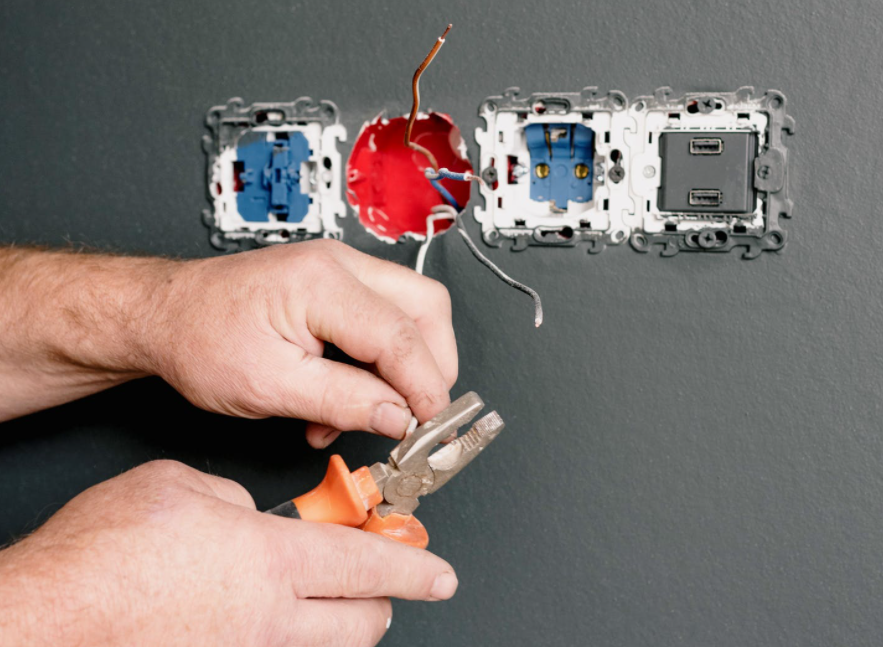
Now, let’s move to electrical sockets. So, what are electrical sockets, and why are they important? Sockets allow current flow into your electric equipment and appliances; they come in different shapes and sizes, according to the country you are living in. However, their benefits and functionality remain the same. Generally, we see 3-pin, 5-pin, and 2-pin sockets in our offices and home. Voltage capacity is another aspect that differentiates between various kinds of sockets. Since each socket is manufactured differently and carries a broad variety of power capabilities, i.e., the amount of current it can pass, there is a need for a vast range of sockets. Broadly, there are four kinds of sockets:
- Two-pin socket: These electrical sockets carry two long connection slots with an underground connection.
- Three-pin socket: These types of sockets add a ground pin to prevent electrical shocks and other harmful electrical threats.
- Five-pin socket: This is a carefully designed combination of a three-pin and two-pin socket.
- International or Universal sockets: These socket designs have a pinhole that can efficiently accommodate a wide range of products used in European and American countries.
Electrical sockets and switches can easily be installed once the house has been completely furnished. However, it is essential to keep in mind that as the world is growing embracive of smart and modular homes, the demand for aesthetic and competent switches and sockets is increasing. Therefore, ensure that you research well and collaborate with the right electrical service providers, who hold a team of expert professionals for safe and smooth installations.
Loading recommendations...

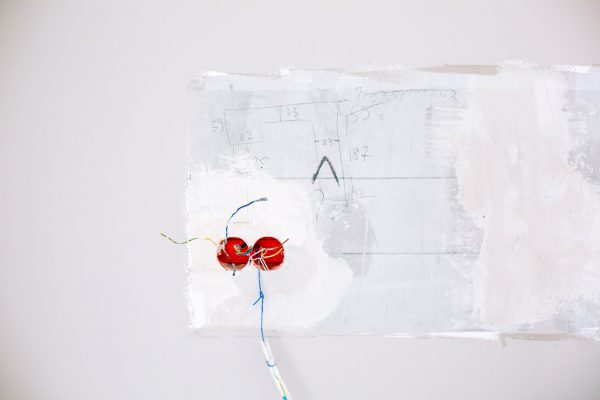
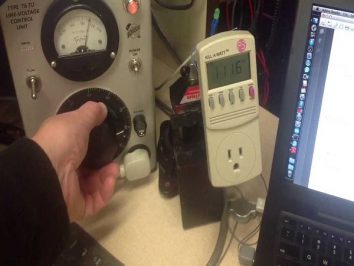
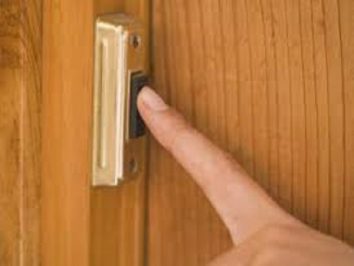
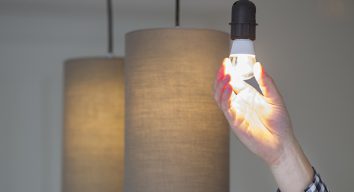
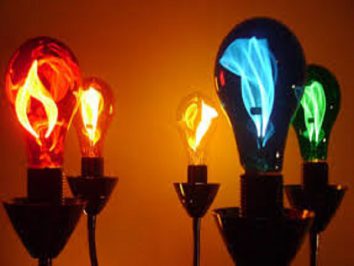
Electrical sockets and switches are crucial components in any home, and this article provides a comprehensive overview. As someone living in my location, I found the information on different types of switches and sockets particularly useful. Definitely worth a read for anyone planning a home construction or renovation project.
I love doing homework, your article is great.
Thanks for sharing such a great article. I love reading this article which is useful for me. I guess your article is one of them. Thank you
Thanks for such an Great Informative Article on the best Switches and Sockets, Great Article quality, and Very Well Explained.
I have no idea about sockets, Thanks for educating me, It means a lot.